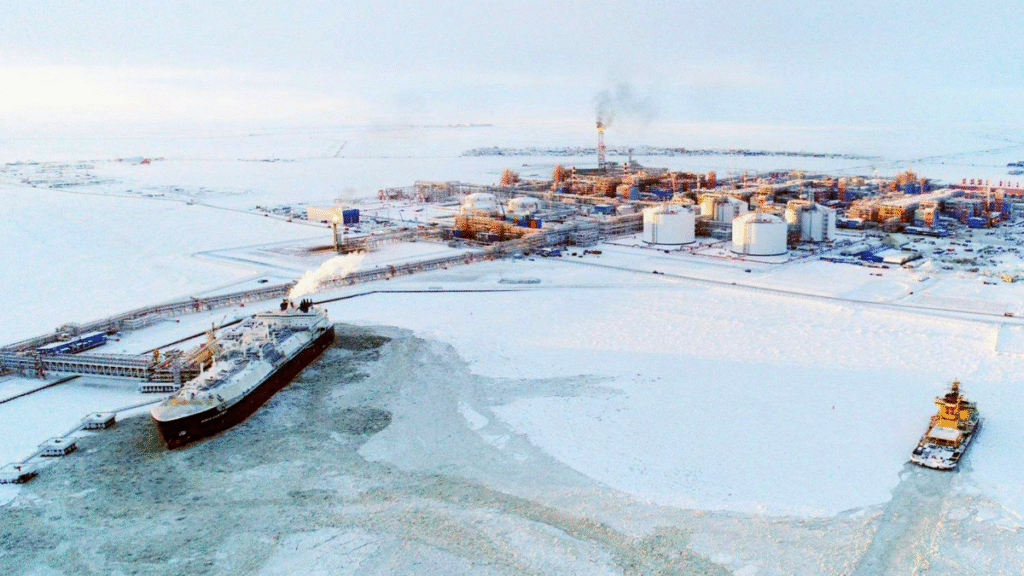
Summary – China’s expanding imports of Russian Arctic liquefied natural gas mark a significant shift in global energy dynamics amid geopolitical tensions.,
Article –
China’s increasing imports of liquefied natural gas (LNG) from Russia’s Arctic LNG 2 project represent a critical shift in global energy dynamics amidst ongoing geopolitical tensions and economic sanctions targeting Russia.
Background
The Arctic LNG 2 project in Russia is one of the largest LNG initiatives globally, aimed at extracting and exporting LNG from the Russian Arctic. Multiple state-backed Russian energy firms participate in the project, which seeks to bolster Russia’s position in the global energy market. The project’s first overseas export shipment to China in late August marks a significant milestone demonstrating its operational maturity and integration into global supply chains.
Key actors include:
- Russia – LNG producer and exporter.
- China National Petroleum Corporation (CNPC) – Major partner in Arctic LNG 2 and principal buyer.
This partnership aligns with China’s strategic goal of energy diversification and Russia’s objective to expand exports to Asia following Western sanctions.
The Global Impact
The increased flow of Russian Arctic LNG to China has profound geopolitical and economic implications:
- Geopolitical: China emerges as a critical energy partner for a relatively isolated Russia, potentially challenging Western interests and supply chains.
- Economic: Russia can mitigate sanction-related financial pressures through expanded LNG revenues.
- Energy Security: China secures vital LNG supplies during its transition to cleaner energy sources and manages growing domestic consumption.
This strengthening of Russia-China energy ties illustrates a strategic realignment in international relations, driven by resource diplomacy.
Reactions from the World Stage
Global responses to China’s growing Russian LNG imports vary:
- Western countries: Respond with strategic caution, seeing China’s engagement as a tactic to circumvent sanctions, prompting calls for diplomatic and economic adjustments.
- Russia: Welcomes the partnership as a vital lifeline and emphasizes mutual cooperation.
- Asian regional partners: Monitor the developments due to potential changes in energy pricing and availability.
Experts view the emerging Russia-China energy nexus as part of broader globalization and multipolar trends, indicating a shift away from Western dominance in energy markets.
What Comes Next?
The future likely holds:
- Increased volumes of Russian LNG exports to China.
- Further infrastructure development, such as new LNG terminals and transport routes.
- Potential global reactions involving energy diversification and supply chain resilience strategies.
This trend also connects to the global energy transition, where LNG serves as a bridge fuel toward lower carbon emissions. China’s management of its LNG imports amid climate commitments will be closely watched.
Overall, this development raises important questions about:
- The stability and future of existing sanctions regimes.
- Long-term Arctic resource exploitation.
- The evolving balance of power in international energy markets.
Stakeholders worldwide will monitor how these evolving LNG trade dynamics shape geopolitical and economic relations in the coming years.

